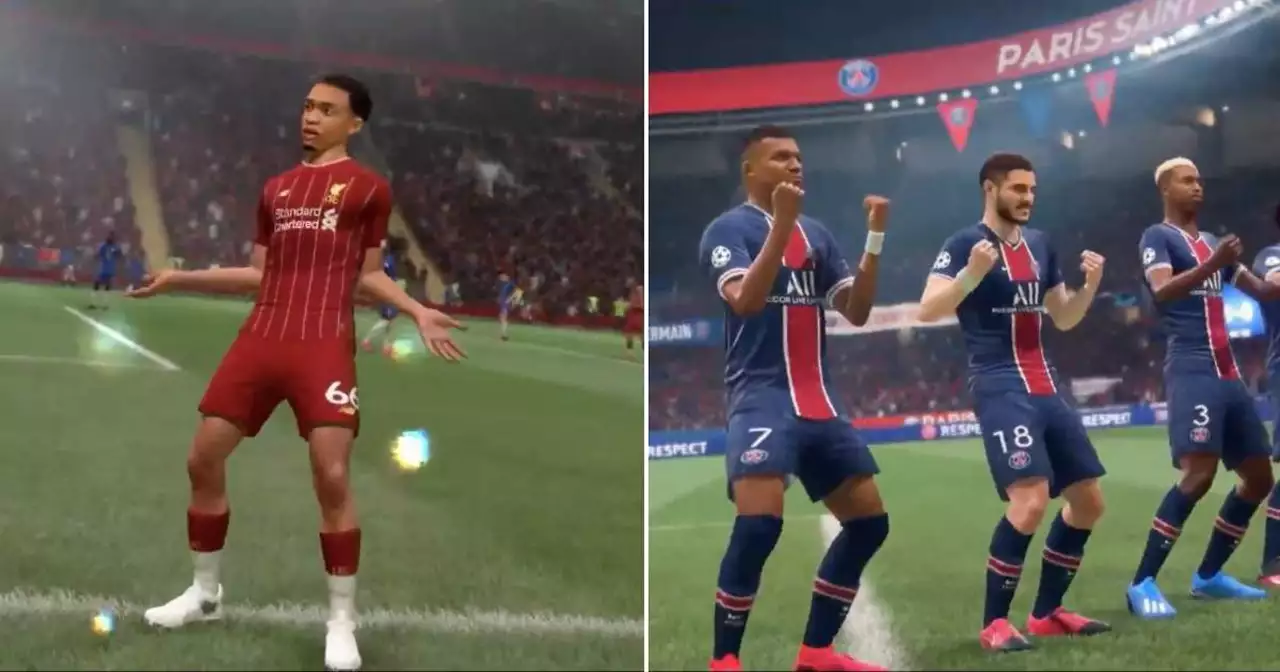As a soccer enthusiast, I've always been curious about how the different leagues and organizations connect. Recently, I've been wondering if Major League Soccer (MLS) is a part of FIFA. After doing some research, I found out that MLS is indeed affiliated with FIFA, as it operates under the United States Soccer Federation, which is a FIFA member. This affiliation ensures that MLS follows FIFA's rules and regulations, and it allows the league to participate in international competitions. It's fascinating to see how various soccer organizations around the world come together under the FIFA umbrella.
Affiliation in Soccer: Why Club Links Matter
When you hear the word affiliation in football, think about the connections between clubs, players and sponsors. Those links decide where a striker ends up, which kit a team wears and how odd the odds look on a betting slip. Understanding these ties gives you an edge – whether you’re a fan following the news or a bettor looking for value.
Player Transfers and Club Affiliations
Take Nahki Wells as a simple case. After leaving Bristol City, he didn’t jump straight back to Bradford City because the clubs’ affiliations and budget needs didn’t line up. Instead, Huddersfield Town, a club rebuilding its attack, became a realistic option. The same pattern shows up with Anthony Martial’s exit from Manchester United. His social media post confirmed the departure, and the buzz about Sevilla and Juventus reflects those clubs’ existing relationships with his agent and the league’s transfer policies.
Each move follows a hidden network: the player’s contract, the selling club’s financial health, and the buying club’s strategic goals. When those pieces click, the transfer feels smooth. When they don’t, you see rumors, loan deals or stalled negotiations. Spotting that alignment early can signal a high‑probability transfer – useful info for anyone placing a bet on future line‑ups.
Club Partnerships and Betting Edge
Affiliation isn’t just about players. Clubs often team up with sponsors, academies and even other clubs to share resources. Those partnerships affect everything from kit designs to youth talent pipelines. For example, a lower‑league team with a strong affiliation to a Premier League side might get loan players, which can boost its performance unexpectedly.
Betting markets love these details. Oddsmakers adjust line‑ups and spread based on anticipated player arrivals or the strength of a partnership. If you know a club has a feeder relationship with a top academy, you can anticipate a surge in form when a promising youngster gets minutes. That insight can turn a standard wager into a value bet.
Beyond the pitches, political and social affiliations sometimes creep in. The Angela Rayner severance story shows how government decisions can influence public perception of clubs that are owned or sponsored by politically active figures. While it’s a stretch for most bettors, staying aware of any off‑field affiliation helps you avoid surprise market moves.
So how do you spot affiliation clues? Start with the club’s official announcements – they’ll mention partnerships, sponsor renewals or strategic alliances. Follow reliable transfer trackers for hints about agent networks and repeat buyer‑seller patterns. And keep an eye on youth academy news; a surge in loan deals often signals a deeper link.
In practice, use these steps before placing a bet: identify any recent transfer rumors tied to club interests, verify if a partnership could boost a team’s performance, and check if the market has already priced in those factors. If the odds still look generous, you’ve found a potential edge.
Affiliation is the invisible glue that holds the football world together. Whether it’s a player moving clubs, a sponsor signing a deal, or a political headline shaping public sentiment, those connections dictate outcomes on and off the field. Knowing where the glue is can make your soccer experience richer and your betting strategy smarter.
